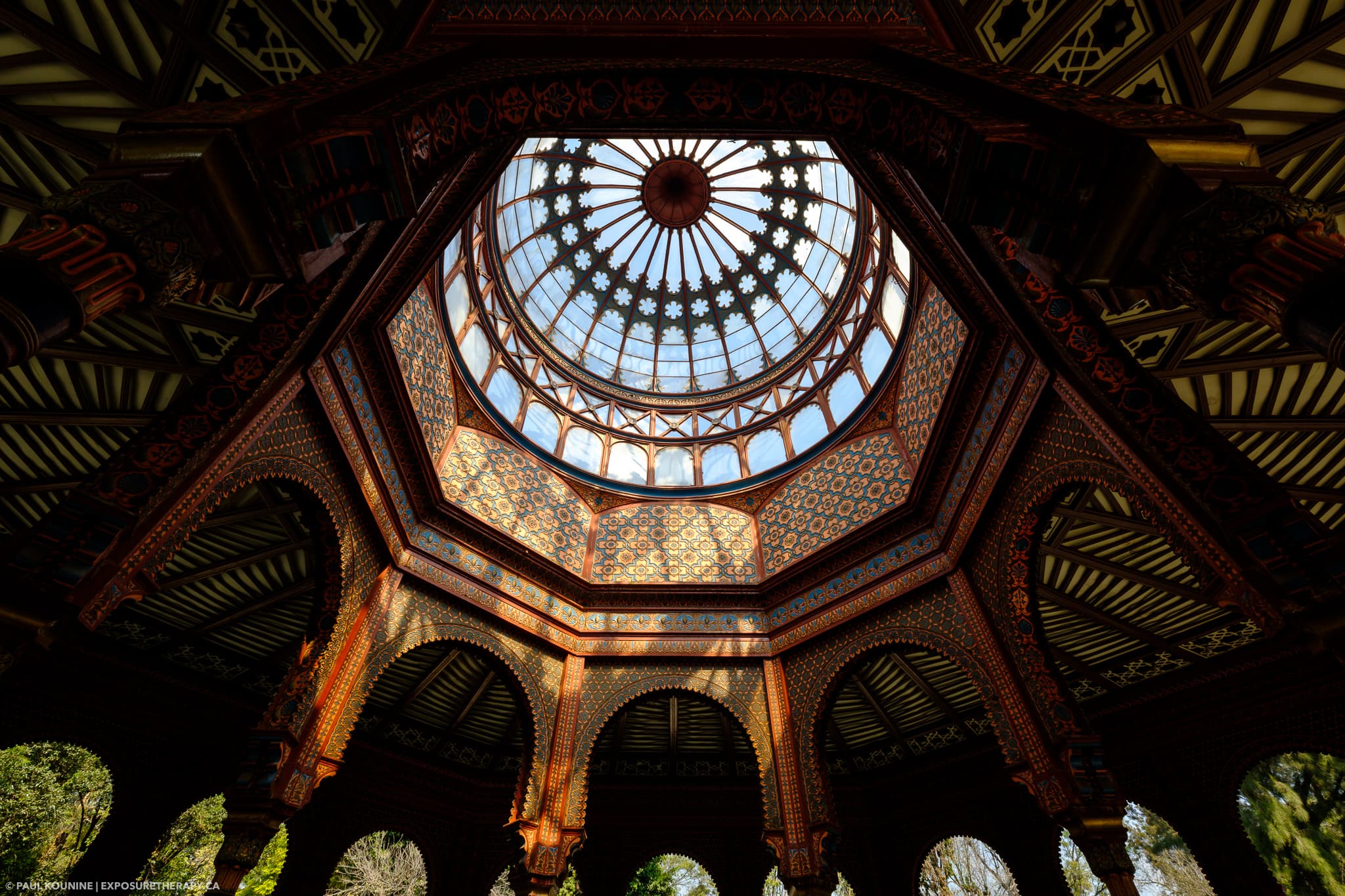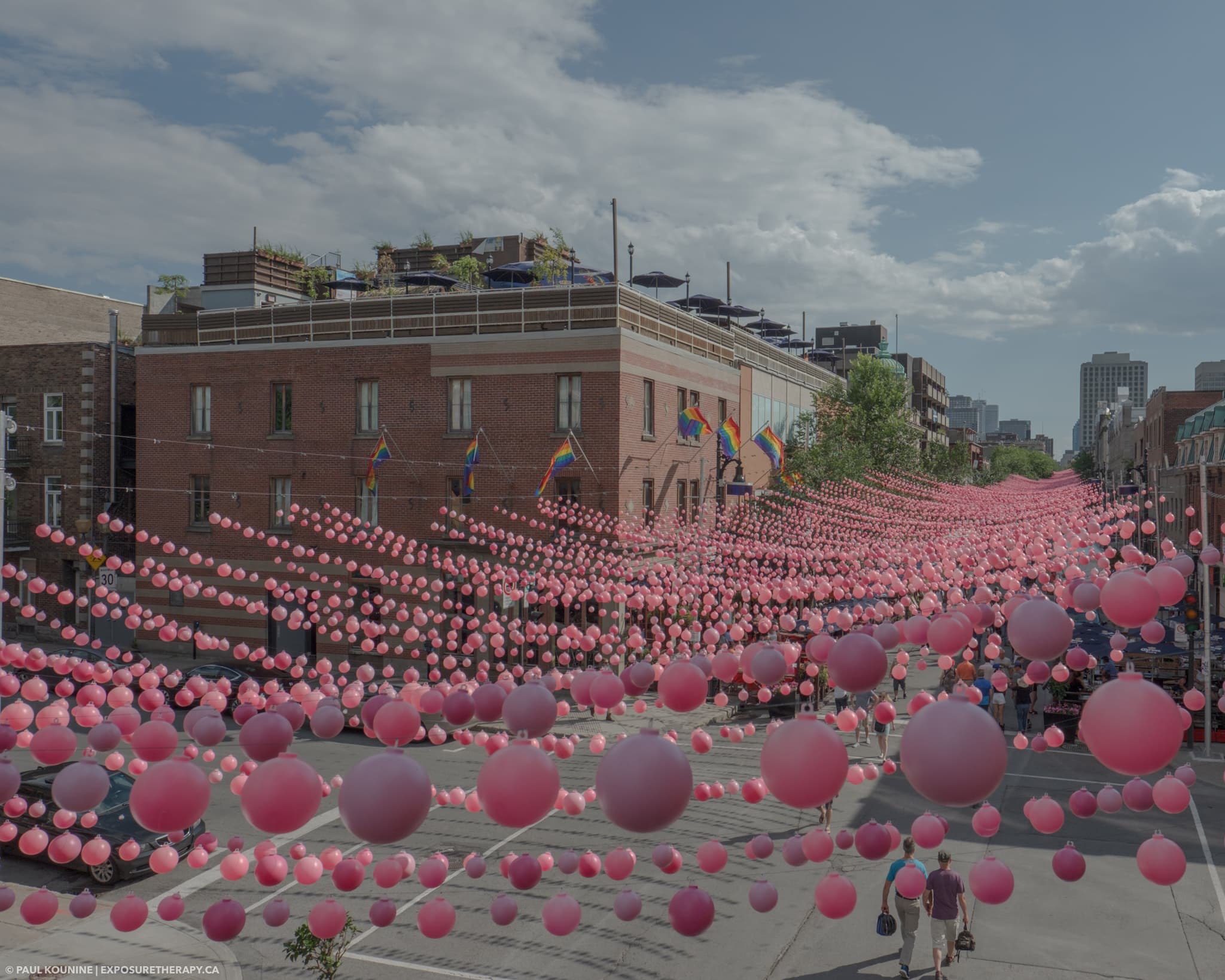JPEG and Raw Image Formats
Digital cameras save photographs using several image file formats. The most common image format available on cameras is called JPEG. Advanced and interchangeable lens cameras also include a broad category of image formats collectively known as raw. There are advantages and disadvantages to each format that largely depends on your specific situation and intended use.
What is JPEG?
JPEG is the most commonly available image file format on digital cameras and the most widespread file format used for displaying photographic content online—websites, social media, etc. All mobile devices, email programs, personal computers, digital cameras, and printers can display JPEG images. When transferred to and opened on a computer for viewing, JPEG files end in the .jpg or .jpeg filename extension.
JPEG compression
JPEG’s universality is due in part to its flexibility in balancing image quality and file size. JPEG employs a “lossy compression” algorithm, which is so named because some of the original image data is discarded to attain smaller file sizes that require less storage space for each image and allow for their relatively quick transfer between devices or for downloading and uploading to online services. The amount of data discarded is dependent on two factors, the compression ratio and the contents of the photograph. Higher levels of JPEG compression produce smaller file sizes that result in lower image quality. Lower levels of JPEG compression produce larger file sizes that result in higher image quality. The content represented in your pictures will also influence the amount of data required to store it. Photos that feature densely packed textures and many variations in colour and contrast will require more data than photos with more straightforward visual elements and fewer intricacies.


JPEG image quality settings
Many digital cameras allow you to set the recorded image resolution and quality. Image resolution, represented as the total pixel count or pixel dimensions (horizontal x vertical), determines how much detail your camera records and directly corresponds to the maximum acceptable printing size. Image quality directly affects the fidelity of subtle textures, such as hair and fabrics, and the smooth transition of tones and colours. In your camera’s menu system, image quality options are often described by terminologies such as Fine or High (low compression), Standard or Normal (medium compression), and Low or Basic (high compression).



JPEG storage
Market prices for the flash memory cards used by digital cameras are at historical lows. Purchase a high-capacity memory card (32 GB or higher) and always save your digital photos at the highest resolution and image quality that your camera’s JPEG settings permit. You can fit approximately 3,800 high-quality 24-megapixel images onto a 32 GB memory card. Keep in mind that your mileage may vary depending on the visual complexity of your scene due to the dynamic nature of JPEG compression.
JPEG images are processed
The camera processes all JPEG images for you. After taking a photo, the data generated by the image sensor is digitized and interpreted according to the standards adopted by your camera’s manufacturer. This automatic image processing may include some of the following operations: colour mapping, colour toning, colour filters, saturation, contrast, noise reduction, white balance, highlight protection, shadow enhancement, and sharpening. You can make slight adjustments to some of the image processing performed by your camera using picture profile controls.
JPEG images aren’t meant for editing
In general, JPEG images are considered the final product for most consumers. Given the processed and compressed nature of the format, once your camera generates a JPEG photo, your ability to alter its appearance is limited. For example, although you can make minor adjustments to brightness, saturation, and white balance, any major manipulations will quickly degrade the quality of the photograph. Furthermore, it’s entirely impossible to undo excessive sharpening, recover subtle textures lost to heavy-handed noise reduction, or restore colour to a black-and-white image (although you can easily perform the reverse operation). Raw format images are meant for this type of post-processing.



What is the raw image format in photography?
Raw is a category of file formats that contain unprocessed image data saved from the image sensor. Most camera manufacturers use proprietary raw formats that are not universally viewable across all devices. These include a variety of filename extensions, such as .cr2 for Canon, .nef for Nikon, .raf for Fujifilm, .arw for Sony, .orf for Olympus, .pef for Pentax, .rw2 for Panasonic, and .dng for Leica. Some cameras allow you to save raw image files with no compression, lossless compression (reconstructing the original data without information loss), or lossy compression. All three variants, including the last, produce image quality far surpassing that of JPEG images.
After your camera saves a raw image, it processes the data to generate a small preview image that’s attached to the raw file. You see the preview picture when you review the photo on your camera’s rear LCD. This preview image contains the same in-camera processing applied to JPEG images. This processing only affects the attached preview and does not change the raw image data, which is unaffected by your camera’s manipulation of saturation, sharpening, white balance, and so on.
The main benefit of saving your photos in raw format is that the files are better suited to post-processing. They preserve all of the data captured by your camera’s image sensor, which allows for a broad and more nuanced representation of your subject’s colour palette and tonal range.


Raw converters
You can open and process raw images on a computer using specialized software (“raw converters”) to process and export the photos into more widely accessible image formats, such as JPEG, TIFF, GIF, or PNG. In general, each manufacturer includes access to raw converters with the purchase of their cameras. For instance, Canon, Nikon, and Olympus develop raw converters that work with each of their respective proprietary raw formats, whereas Fujifilm includes licenses to feature-limited versions of software created by a third-party developer. Alternatively, you can open raw images from popular cameras using commonly available third-party raw converters such as Adobe Lightroom Classic, Phase One Capture One Pro, Skylum Luminar, SILKYPIX, and even Apple Photos for Mac.
Since raw images must be processed to be viewable, the software will apply some baseline processing when you first open a raw image in a raw converter. Thus, it’s common for photos initially opened in raw converters to appear subdued and dull compared to the preview images and JPEGs created by cameras. Nothing is wrong with the file or your pictures; the software is leaving the major processing decisions to you. Many raw converters allow for the quick application of personalized settings and adjustments, known as presets, to images during the importing phase or at any point afterward. Such presets aid photographers in quickly viewing more presentable versions of their photos.
Raw image editing is non-destructive
When you edit raw images in an app like Adobe Lightroom, you perform “non-destructive” operations, so-called because the original data in the raw image file is not changed, modified, or saved over (i.e., destroyed or irretrievably altered) during the editing process. Instead, the application records the adjustments you make as a set of instructions for manipulating the original raw data. If you save the changes and subsequently open the same file on a future occasion, the raw converter will apply the saved adjustment instructions to the original raw data, render it accordingly, and display the photograph.
With some raw converters, these processing instructions are saved as separate files, known as “sidecar” files, that remain alongside the raw files and have the same filename but a different file extension (typically .xmp). Other raw converters forego creating a sidecar file by saving adjustment instructions in their internal databases. Lastly, if your raw converter supports it, Adobe’s .dng raw format saves adjustment instructions directly into the raw file without altering the image data.
Should you use JPEG or raw?
Whether to photograph using JPEG or raw is a personal decision you should make after considering the advantages and disadvantages of both image formats. Fortunately, many cameras offer a setting that saves each photo you capture as both a raw file and a JPEG file. This option provides you with the universal ease of use of the JPEG format and the raw format’s image quality and editing potential. Of course, this creates twice as many files for you to organize and requires more storage capacity on your memory card, computer, and backup drive. Despite this, saving both lets you try each format—and, more specifically, test your prowess at working with raw files—without committing to either.
A JPEG file created by a camera whose exposure and picture parameters are correct for the scene will produce images suitable for large-format display and printing. It’s not wrong to prefer using JPEG; however, it’s much less forgiving of exposure and picture setting errors than raw files when corrective editing is required. A JPEG-only photographer must understand and correct the operation of basic camera settings and exposure controls. (If you’re a hands-on learner and live in the Greater Toronto Area or plan on visiting, consider taking my photography course for beginners to learn how to maximize your JPEG picture-taking.)
